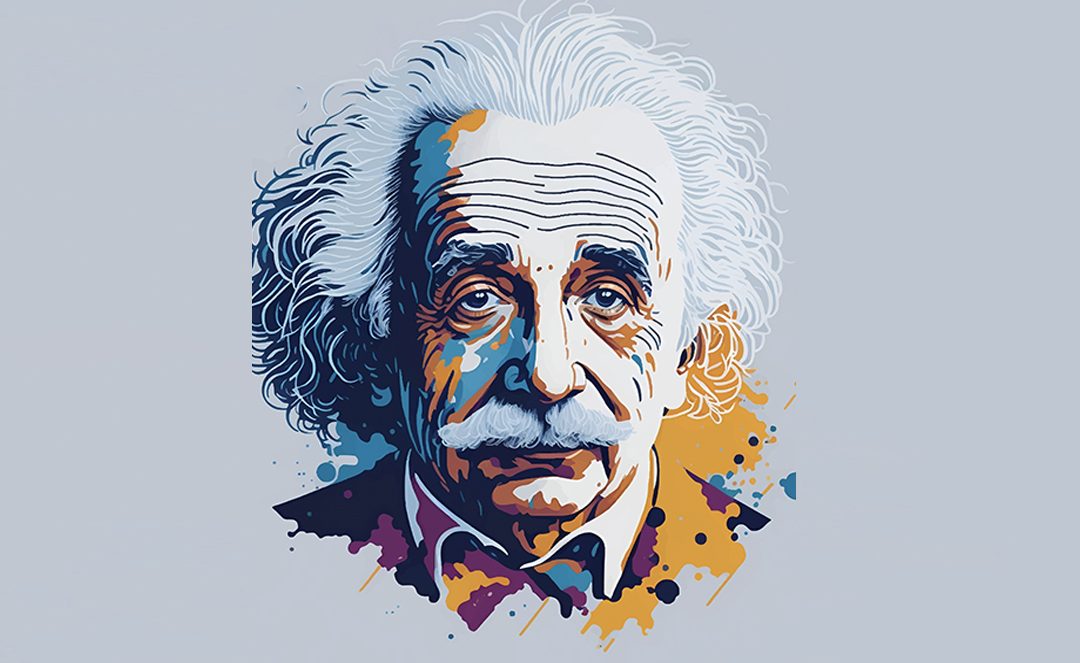“It’s not that I’m so smart, it’s just that I stay with problems longer.” Albert Einstein
Aristotle described wisdom as the most finished form of knowledge. How does knowledge achieve this finished form? Brain research provides a clue. As brain cells make connections again and again, they begin to grow. This growth occurs in the form of dendrites which continue to branch out, sending out up to six branches. The first five branches are identical, but the sixth branch is unique in its ability to keep growing and seeking out new connections. This sixth dendrite allows us to go beyond straightforward factual knowledge, connecting facts and forming meaning. It is our six-sided dendrites that give us wisdom.
Wisdom (Perspective) is one of twenty-four strengths in the VIA classification of character strengths and virtues (Peterson and Seligman, 2004). It is classified along with four other strengths of wisdom and knowledge which include creativity, curiosity, open-mindedness, and love of learning. While definitions of wisdom vary, wisdom can be viewed as a superior level of knowledge that is distinct from intelligence. Wisdom is a broad term that encompasses a unique combination of discretion, integrated thinking, experience, and compassionate understanding.
Dov Seidman in his book Why How We Do Anything Means Everything in Business (and in Life) documents findings from his work with undergraduate students at Harvard University. He describes the process of attaining mastery as “The Paradox of the Hills of Knowledge.” As individuals moved from a basic understanding (Peak #1) to mastery (a much higher Peak #2), they go through a valley of confusion. In this valley deep thought is required which is marked by connections, integration, and synthesis. The paradox is that confusion extends beyond basic understanding and represents a higher level of knowledge. The journey to mastery involves a capacity to “power through” the confusion that exists beyond a basic understanding (Seidman, 2007).
Marian Diamond, a neuroscientist at UC Berkeley, provided a scientific explanation for Dov Seidman’s observation. She described wisdom as the product of experiential input into the cerebral cortex. This input is followed by integrative processes in the association cortices mixing with previously stored information resulting in new connections. She noted that “learning must take place before wisdom.”
While wisdom entails extensive learning and broad experiences, it is not a strength determined by age. Wisdom is displayed early in life with research providing evidence for the existence of what has been termed precocious wisdom (Hartman, 2000). Diamond explained that “some people can make broad, sweeping, wise decisions when they are young; others display their specific type of wisdom when they are old. Perhaps, intuition in the young is playing a powerful role or perhaps, the young have different combinations of the neurotransmitters in the synapses of their cerebral cortices to provide a more profound use of the incoming stimuli.”
The late psychologist Thomas Gordon described the learning process in four key stages. The first stage is unconscious incompetence. This stage can be a comfortable place where we don’t know what we don’t know.The second stage is conscious incompetence where we know what we don’t know. We start to learn at this stage. Fear and frustration can emerge as we begin to realize what we need to learn which can be overwhelming and is the place where we may give up. Think back to when you first learned to drive. The details and sequencing of maneuvering a vehicle can be very challenging. However as you continue to practice you move to stage three: conscious competence. At this stage, we know what we know. Realizing that we have achieved a level of mastery, this stage is marked by a sense of relief. As we become more adept, we cycle back and forth between stage two and three until we move to the fourth stage of learning: unconscious competence. At this stage we are knowledgeable but unaware. After a few years we don’t pay attention to all the details and elements of driving, we just do it. Most learning occurs in the middle two stages where it can be the most uncomfortable. Staying in learning when it is a struggle is not always easy, but is necessary to achieve the more finished form of learning known as wisdom.
This brings us back to the quote from Albert Einstein. Neuroscientist Marian Diamond is one of only a few researchers to study tissue samples from Albert Einstein’s brain. She found that he had twice as many glial cells as normal males. Sticking with problems longer and pushing through the stages of learning resulted in wisdom evidenced in the structure of Einstein’s brain.
Diamond who taught at UC Berkley well into her 80s, is featured in the most watched video (more than a million views) on the university’s You Tube Channel.
Mastery and wisdom wait at the end of a courageous journey.
Struggling in an area? Take a break. Identify an example of your own personal wisdom and map it backwards, noting your journey. Where did you find the courage to “power through?” What can you apply from that experience to your current circumstance? Then map some more of your experiences to discover your unique set of tools that have moved you from basic understanding to mastery and finished your knowledge into wisdom.
“The Journey is the Reward”
|
|

